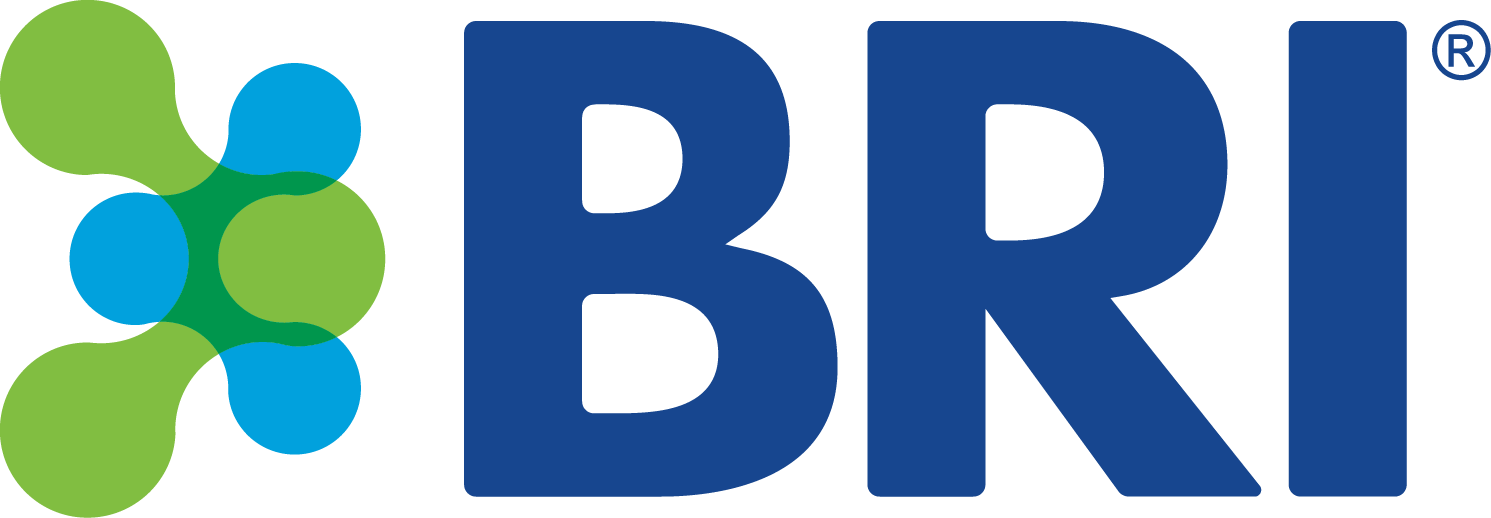Nasser Odetallah, VP of Sales
Global meat consumption doubled from 1988 to 2018, with projected growth of an additional 30 percent by 2030. Experts predict that we will consume over 570 million tons of meat annually by 2050 (agriculture.gov.au, 2021). Healthcare professionals also agree on protein’s vital role as part of a balanced and healthy diet, so we must provide affordable protein to a growing global population. It is essential that we do so sustainably. An important aspect to remember though is that sustainability means so many different things to different people. At BRI, we have built our mission around feeding a growing population in economically and ecologically sustainable manners. We have made sustainability an integral component of everything we do at BRI. Building on that mission means providing an increasing population with a more nutrient-rich diet while increasing ecological responsibility and still supporting producers from an economic standpoint.
Over 150 million children under five suffer from a myriad of physical and mental health impairments that are, at least partially, attributed to the lack of animal-sourced foods (Adesogan, 2018). The World Health Organization describes these animal-sourced foods as the best source of high-quality and nutrient-rich food, especially for children under two years old. These foods are vital to improving nutrition, reducing poverty, building a healthy lifestyle, and overcoming food insecurity. The reality is that people need meat, eggs, and milk to live better lives globally; this is especially true for particularly vulnerable groups.
Unfortunately, there are times that livestock farming gets chained with an unfair share of sustainability goals due to common misconceptions around carbon footprint. While we know that agriculture does have a carbon footprint, many do forget that it also contributes back positively to the environment. In that way, livestock farming provides a more neutral footprint, that is naturally sustainable, than is ever considered. This misconception can be dangerous when trying to produce a sustainable food supply.
Of course, we can always do better at reducing inputs and sustain production. For example, I always encourage livestock producers globally to reformulate diets to maximize what they are getting out of diets. When done correctly, we can incorporate feed additives, traditional ingredients, and alternative ingredients and keep animal growth healthy while reducing carbon footprint. The incorporation of enzymes as an example allows for optimal utilization of nutrients and reducing waste. This minor action can mean a reduction of 2-4 percent in inputs and sustainably maintaining and optimizing production. Over time such actions add up to huge savings in production costs while optimizing the outcome in a sustainable fashion.
Such practices contribute positively to economic sustainability in livestock production. The high input means more expensive meat or a financial loss. That is why it is also imperative to minimize those inputs’ costs and quantities. When you can achieve the sweet spot of less ingredients in the diet, and more affordable meat protein out, you have a win-win-win. That means we must incorporate practices like adopting technologies, watching management practices each day, and follow-through at the plant.
When using enzymes as well, less feed ingredients are used in diet formulations and therefore less crops are needed to sustain the same production levels. This means a global savings in planted crops overall which allows for these crops that have been saved to be used in more diet formulations and feeding more animals for more affordable protein production. Sustainability is more than just sustaining current production but sustaining a continuous demand growth at lowest costs possible.
Solving the world’s sustainability, agriculture, and food insecurity hurdles can get overwhelming. However, these answers are far from mutually exclusive. They are interconnected. With the right technologies, we can use agriculture practices, like enzyme inclusion and data management and prediction, to reach our goals for sustainably feeding a growing global population. After all, what more noble profession is there than feeding the world.




